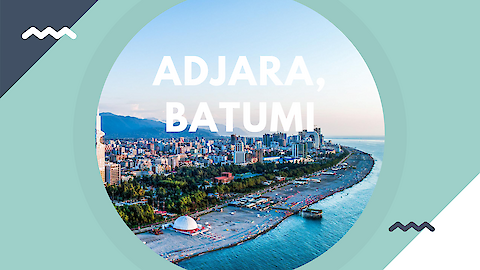- Travel Blog
- To the 250th anniversary of the birth of Ivan Fyodorovich Kruzenshtern
To the 250th Anniversary of the Great Navigator Ivan Fyodorovich Kruzenshtern / Adam Johann von Kruzenshtern
World history has many examples of great people, the appearance of which seems to predetermine their high purpose in life and, as a consequence, the great legacy they leave to descendants. Such is certainly the navigator and admiral Ivan Fyodorovich Kruzenshtern (at birth he was named Adam Johann von Kruzenshtern). Surname Krusenstern itself, if to imagine and decompose it into components Kruzen-Stern, means "star of round-the-world travel" or "round-the-world voyage", because Kruzen can be translated as "voyage along the closed circle", and the word Stern, is translated as "star".
⠀
⠀
⠀
Ivan Fyodorovich Krusenstern was born in 1770 in Estonia in the place called Hagudi (Rapla County in Estonia), in a family of coeval German noblemen. Johann Friedrich Krusenstern, the father of the future traveller, was the manager of the neighbouring manor, he tried to give his children a good education, and despite his frugal and sometimes humble living, there were always several teachers on the estate. Such education, of course, affected the formation of Ivan Fyodorovich as a personality, because according to contemporaries, he had 'the character of a Livonian German, was honest, exacting to himself and others, punctual and goal-oriented.
⠀
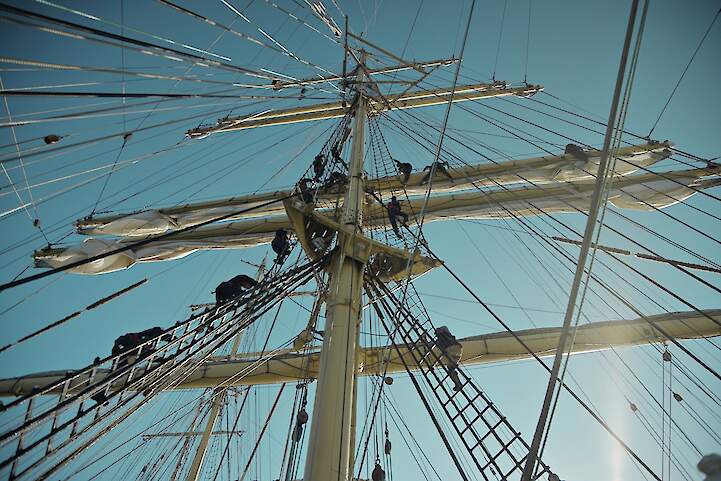
⠀
The future navigator was only 14 years old when he enrolled in the Naval Cadet Corps then located on Kotlin Island in Kronstadt. Because of the war with Sweden, he studied for only three years, instead of the 6 years, he was made a naval cadet and was sent to serve on the sailing ship "Mstislav" with the rank of warrant officer. It was during the years of study in the cadet corps, the young Kruzenshtern began to dream of a voyage to distant countries, the boundless seas and oceans. Here, he became friends with Yuri Fyodorovich Lisyansky, with whom he would subsequently set off on the first Russian circumnavigation expedition on two ships, the Neva and the Nadezhda. It happened only in the far 1803, and before that Ivan Fedorovich distinguished himself in the naval battles against the Swedish squadron, and after the Goglandsky battle will receive the promotion.
⠀
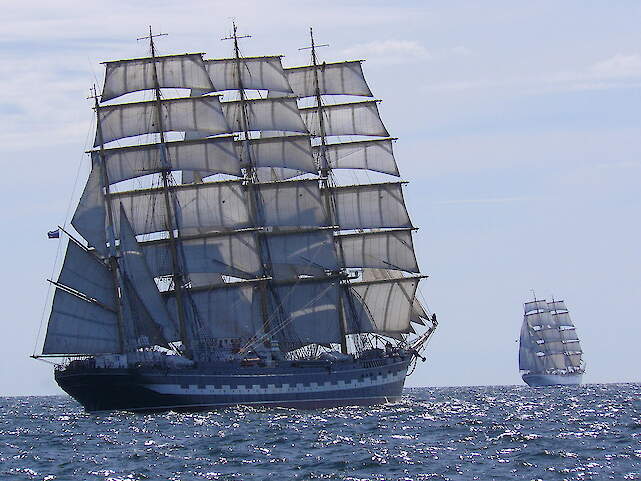
⠀
In 1793, already at the rank of lieutenant, he went to serve the British Crown, serving on various ships in the Atlantic and Indian oceans, gaining meritorious military ranks. Returning to St. Petersburg in 1799, he obtained a modest position as commander of a small ship in Revel (today's Tallinn). His accumulated experience and knowledge, as well as his observations, lead him to write notes to the emperor about his around-the-world voyage.
⠀
The idea of the project of a new sea route between Russia and Asia kept him busy, because Ivan Fyodorovich was well aware of the advantages of such transportation of goods. In addition to economic benefits such an expedition would be a valuable contribution to oceanographic, natural-science, ethnographic and linguistic research.
⠀
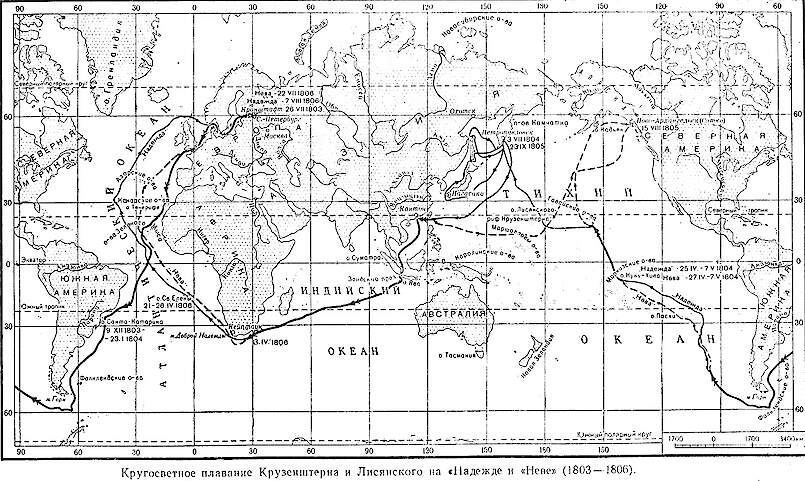 ⠀
⠀
⠀
The long-awaited expedition took place in 1803-1806, thus opening a new era in the development of Russian seafaring. In the first half of the 19th century, 39 round-the-world and half-the-world voyages took place, including the voyage of another native of Estonia: in 1819, Faddei Faddejevich Bellingshausen, who went on an expedition and discovered Antarctica. It is seafarers like Krusenstern and Bellingshausen who have contributed greatly to the world geographic knowledge of Russian seafaring.
⠀
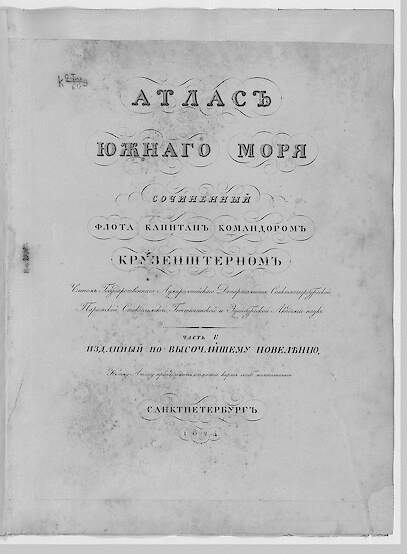 |
⠀⠀
By 1816, Ivan Fyodorovich acquired the estate of Kiltsi (Läne-Virumaa County, modern Estonia), which previously belonged to another equally famous von Benckendorf family, whose coat of arms is emblazoned on the portal. Here Kruzenstern wrote one of his most important works about the Pacific Ocean, the "Atlas of the South Sea", which was the best of its time and contained the most accurate geographic, astronomical, ethnographic and biological observations. The atlas would be used for many years by other sailors, and his three-volume work "Around the World" was translated and published in many European countries. From 1827 Kruzenshtern was in charge of the Marine Cadet Corps, where he introduced many innovations, among which was the creation of higher officer classes, on the basis of which the Naval Academy was later formed. In 1842 he left his position as Admiral and retired to his estate in Estonia, but continued his scientific activity. In 1845, along with other major explorers, he became one of the founders of the Russian Geographic Society.
⠀⠀
 ⠀
⠀
⠀
Admiral Ivan Fedorovich Krusenstern died in 1846 and was buried in Dome Cathedral in Tallinn. The Admiral's name has been immortalized forever in the names of islands, straits, icebreakers and even craters on the Moon. About such people is customary to say that he was a great man who left such an impressive mark on history that it is difficult to imagine modern meteorology and oceanology without his discoveries. It is all the more pleasing to realise that in discovering such familiar Estonia, you rediscover it each time with the help of such great people, people we would like to look up to in our own time.
⠀
⠀
Author of the article:
Dmitry Lebedev, OnlineExpo Expert
https://www.tripadvisor.ru/Profile/Dimatll









